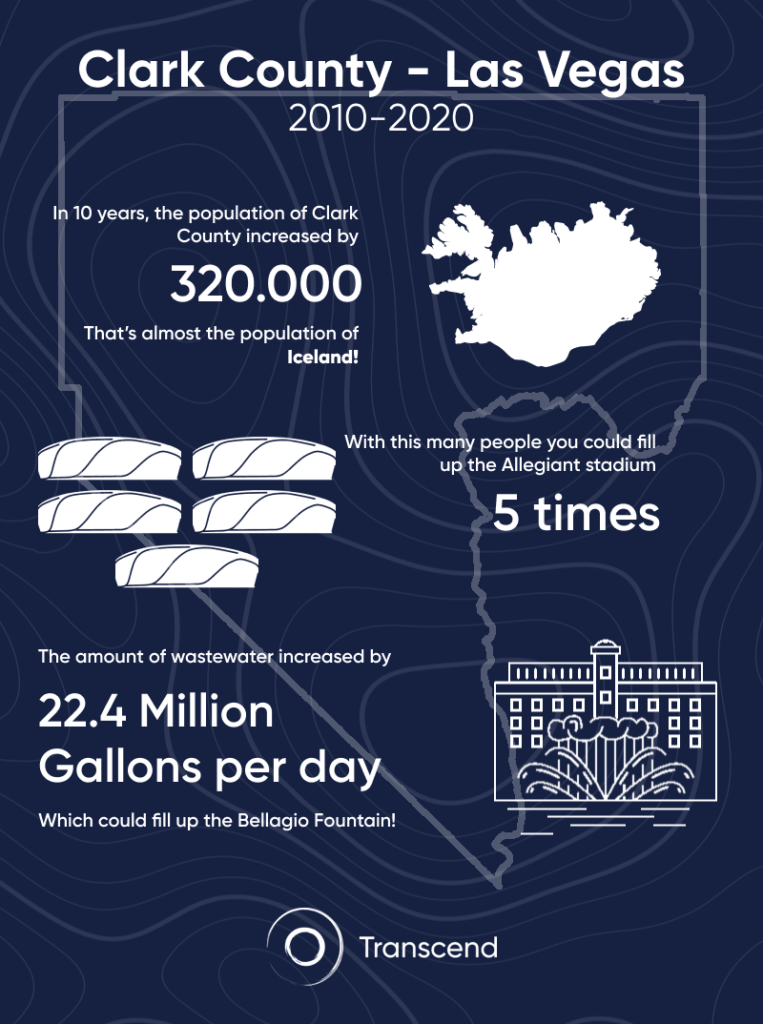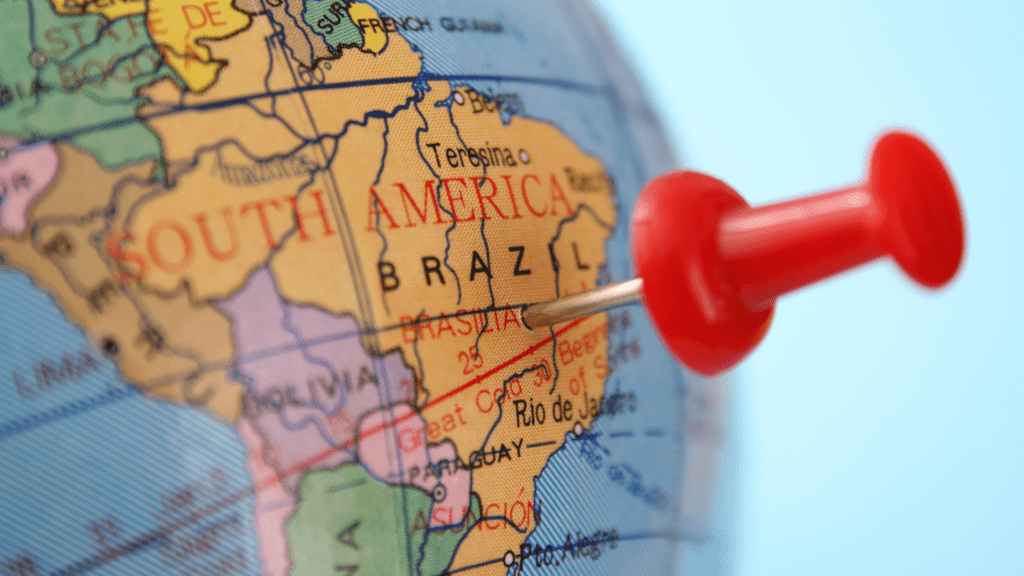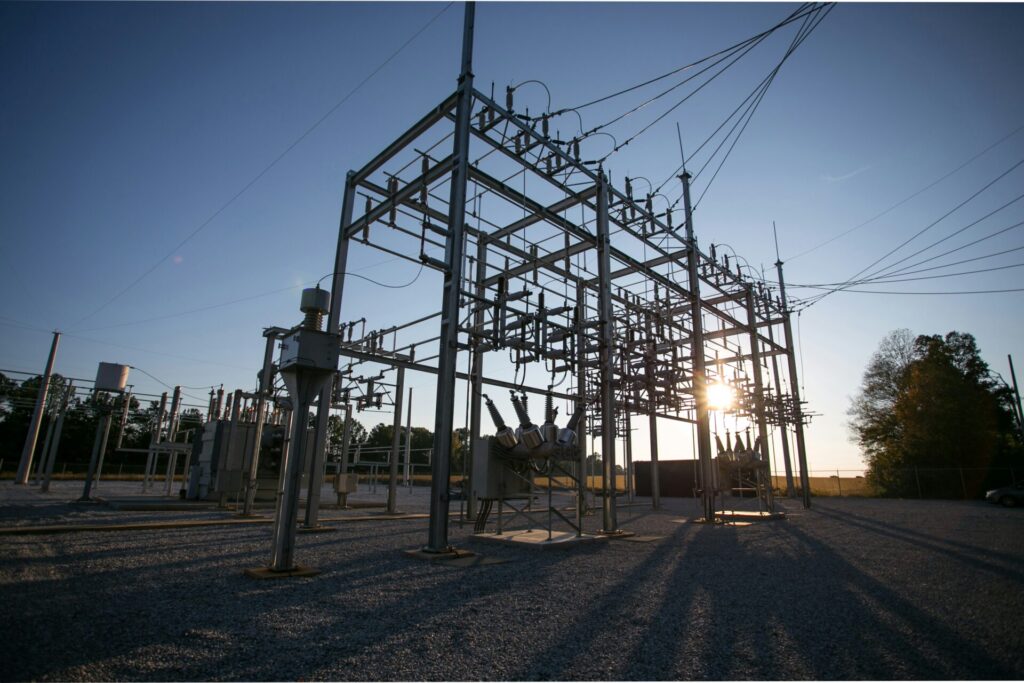This article is part of our feature on the future of wastewater in the U.S.’s fastest growing metro areas. We’re using the Transcend Design Generator to automatically build, expand, or upgrade regional wastewater treatment systems in each of these regions.
The fourth fastest growing county in the last decade was Clark County, Nevada, which is quite large… including the one and only Las Vegas, Nevada. This begs the question – what is the future of wastewater treatment in Las Vegas?
Clark County, Nevada, contains Las Vegas, neighboring suburbs, and reaches to border the Grand Canyon National Park. In the ten years between 2010 and 2020, more than 320,000 people moved into the region, and with the extreme investment into tourism and other infrastructure developments it is expected to grow rapidly, and also have huge intermittent populations in peak times.
We scraped the internet, checked news and databases, and found no indication of upcoming large scale wastewater treatment plant investments happening in the region, which is strange, but this means we can simply draw up a clean new wastewater treatment plant for the city as a suggestion.
If we assume that the county has enough existing capacity for all the population, and the daily tourists as well, we only need to prepare the next one for the expected population, and the expected increase in guests as well.
The previous one is easy: an additional 320,000 people will mean about 22,400,000 gallons of wastewater per day, so 22.4 MGD of required wastewater treatment in Las Vegas, which is around a 100,000 cubic meters per day, for our non-imperial readers.
The tourism increase is harder to guess, because for the last ten years, the available hotel rooms in Las Vegas did not increase at all, and due to the pandemic, it had a small dip as well, and now it is back to 150,000 rooms all year long, with around 80% of them are filled through the year. What this does not show, is the increase in other form of open rooms, like Airbnb, which increased from zero to having around 5000 rooms in the area. If we only account for that, and assume, that we will have some other rooms available by the generic growth, we will still need to figure in the major impact of sports events in the region, which will be much larger, and will probably drive this increase as well.
Las Vegas had almost no major sporting events during the 2010’s, except of various style of fighting (UFC, boxing), and now it hosts an NFL team (Las Vegas Raiders), an NHL team (Vegas Golden Knights), will host his first (recent) Formula One Grand Prix in 2023, and will host the SuperBowl in 2024. We must assume, that some of these events will bring in an additional 200,000 guests in peak*. This would add another 14 MGD, which I think makes sense for those peak times.
And from this point, everything will be handled by TDG. We started a new project, naming it “Clark County Nevada – 2030 suggestion”, selected Nevada as the site location, and assumed strict effluent requirements by US standards. The software automatically suggested the general influent and effluent requirements for the region. We designed a Conventional Activated Sludge (CAS), and a Moving Bed Biofilm Reactor (MBBR) plant, and compared the results. It took only five minutes to set up both projects, and we only needed to wait a few hours for the final results – a complete conceptual design package including over ten fully engineered documents including OPEX and CAPEX documents, BIM models, an equipment list, a design basis report, and many others…
You can download the design package for CAS, with primary clarifiers and biological phosphorous removal, by emailing us at info@transcendh2o.com.
You can download the design package for MBBR, with primary clarifiers by e-mailing us at info@transcendh2o.com.
If you’d like to try your hand at designing your own wastewater treatment plant in just a couple of minutes, give it a try here and let us know your results!
*We must assume, but this is really an assumption based on how it happens in other places. Digging deeper into data, a new Formula One Grand Prix, which has by far the highest peak attendance of the above mentioned events and options, has a variety of data on the topic. For the recent new Miami Grand Prix, we only have growth figures, but the Zandvoort GP that came back in 2021 publicized 87% of the visitors would not have been in Zandvoort, if the Formula One would not have happened. Obviously, the Dutch city has a much smaller chance of attracting tourists and needing wastewater treatment support like Las Vegas. From another point, resources suggest, that in average a Formula One race boost the tourist economy by 6%, which can’t be used for our situation that simply as well, since it would mean 2.5 million extra tourists, which simply makes no sense regarding the other factors.
Comparing to the Circuit of the Americas (which attracts about 130,000 tourists yearly) also makes less sense, since it has a much smaller prestige, than the upcoming midnight race in LV. The only city that could be compared realistically is Singapore, which also has great prestige, also a big city based tourism hub outside of the event as well, and also hosts a night time event. Assuming the numbers for Singapore are relevant, and using the general 66% (meaning two thirds of Formula 1 visitors would not have been in the city if it is not for the event), the 200,000 feels like a fair assumption, because the Singapore GP had 302,000 visitors. The main question is, how will the city infrastructure (and not just water!) handle that?
If you’d like to see the full design package for this treatment plant, send us a note at info@transcendinfra.com or contact us here and a member of our team will share it with you!

Resources:
Las Vegas Visitor Statistics and Tourism Figures 2022
Positive economic and social impact of 2021 F1 Heineken Dutch Grand Prix





